
@BrainComms
@braincomms
Brain Communications is the #OA sister journal to @Brain1878. We aim to publish robust translational neuroscience studies.
Zivadinov et al. characterized neuroimaging phenotypes of MS, highlighting cortical lesions, white matter lesion burden, thalamic pathology in early aggressive MS and spinal cord, cortical, thalamic, global pathology in late severe MS. Read at buff.ly/vtYBEiK.

Delvenne et al. investigated pathophysiology of suspected non-Alzheimer’s disease pathophysiology (SNAP) in cognitively unimpaired individuals using cerebrospinal fluid proteomics; increased neuroplasticity proteins suggest tau drives this change. Read at buff.ly/r4CFIKl
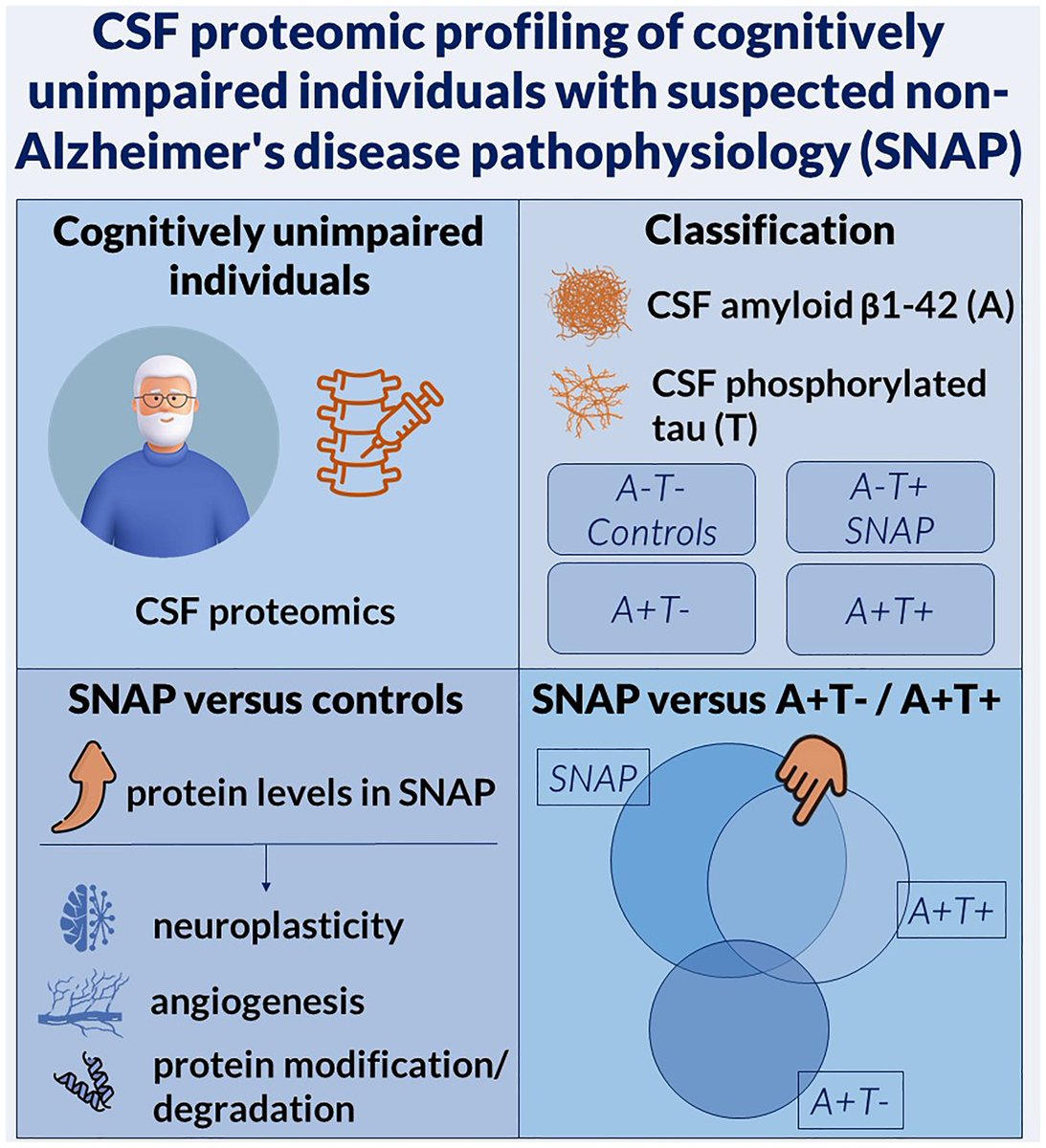
Allam et al. report on the somatotopic and functional organization of the spinothalamic tract and elucidate the relationship between the spinothalamic tract and adjacent pathways, using insights from studies involving cordotomy-induced lesioning. Read at buff.ly/nSFUwxE

Marcelino and Al-Fatly et al. report literature-based lesion network mapping of dyskinetic cerebral palsy. Grey matter lesions are the most common MRI finding; the motor thalamus is a converging node of a wide functional network. Read at buff.ly/IyRv0E0.

Burkhardt et al. review systems involved in common vs proper name retrieval, highlighting left ILF as a critical tract and discussing new linguistically constrained anatomical hypotheses considering grammatical and semantic categories with input modality (buff.ly/dhoV6Ox)
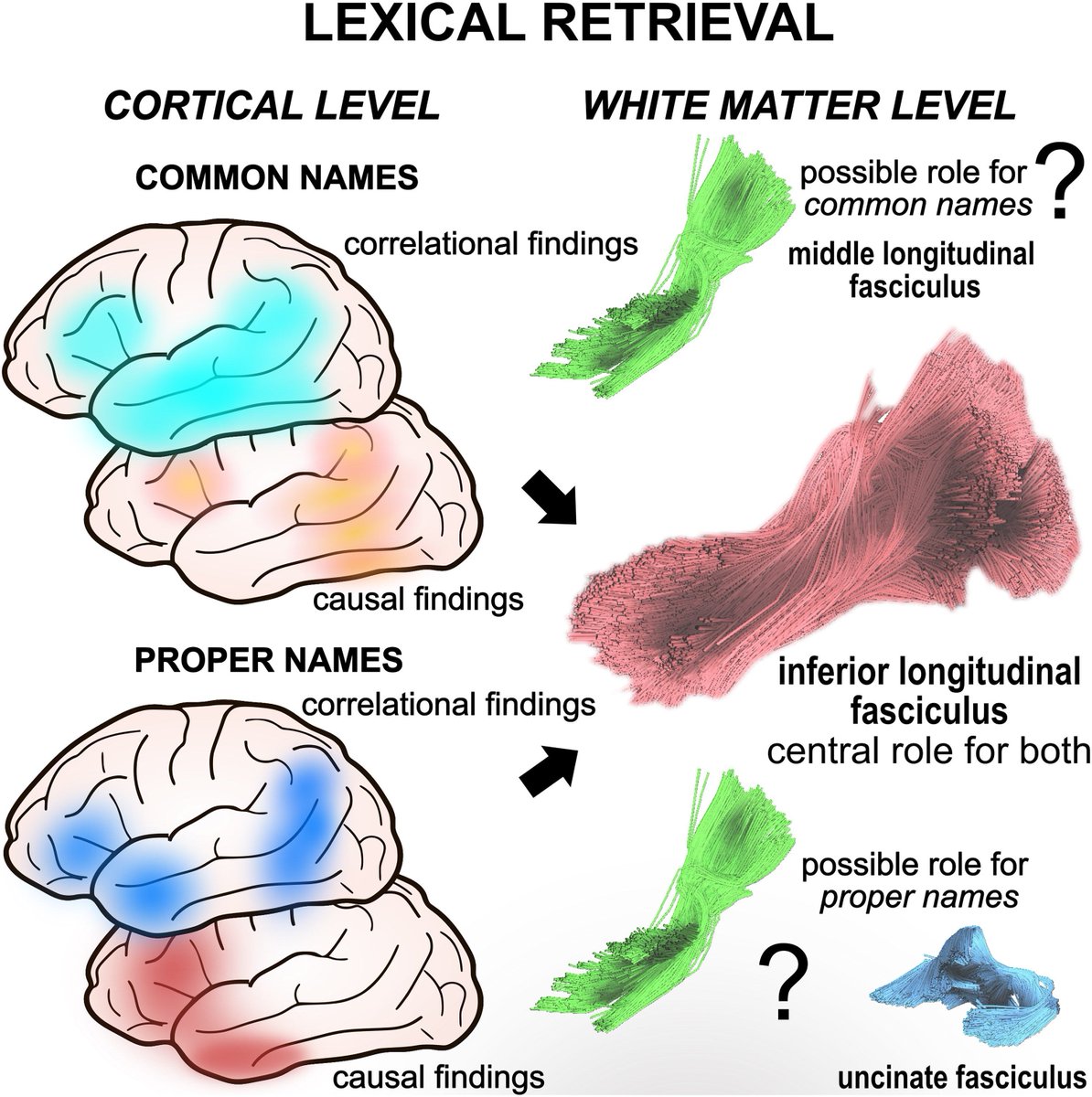
Sanchez et al. report that the novel Sink-Index, an EEG marker derived from dynamic network models, distinguishes Alzheimer’s disease and Frontotemporal Dementia from Healthy Controls with high accuracy. Read at buff.ly/juLy0fz

New fMRI work on rare right‑sided frontotemporal dementia links network‑level disruptions to both socio‑emotional loss and obsessive narrow interests. Symptoms arise from inter-play between damaged and spared circuits, not one damaged area. Read at buff.ly/hwRoMGX
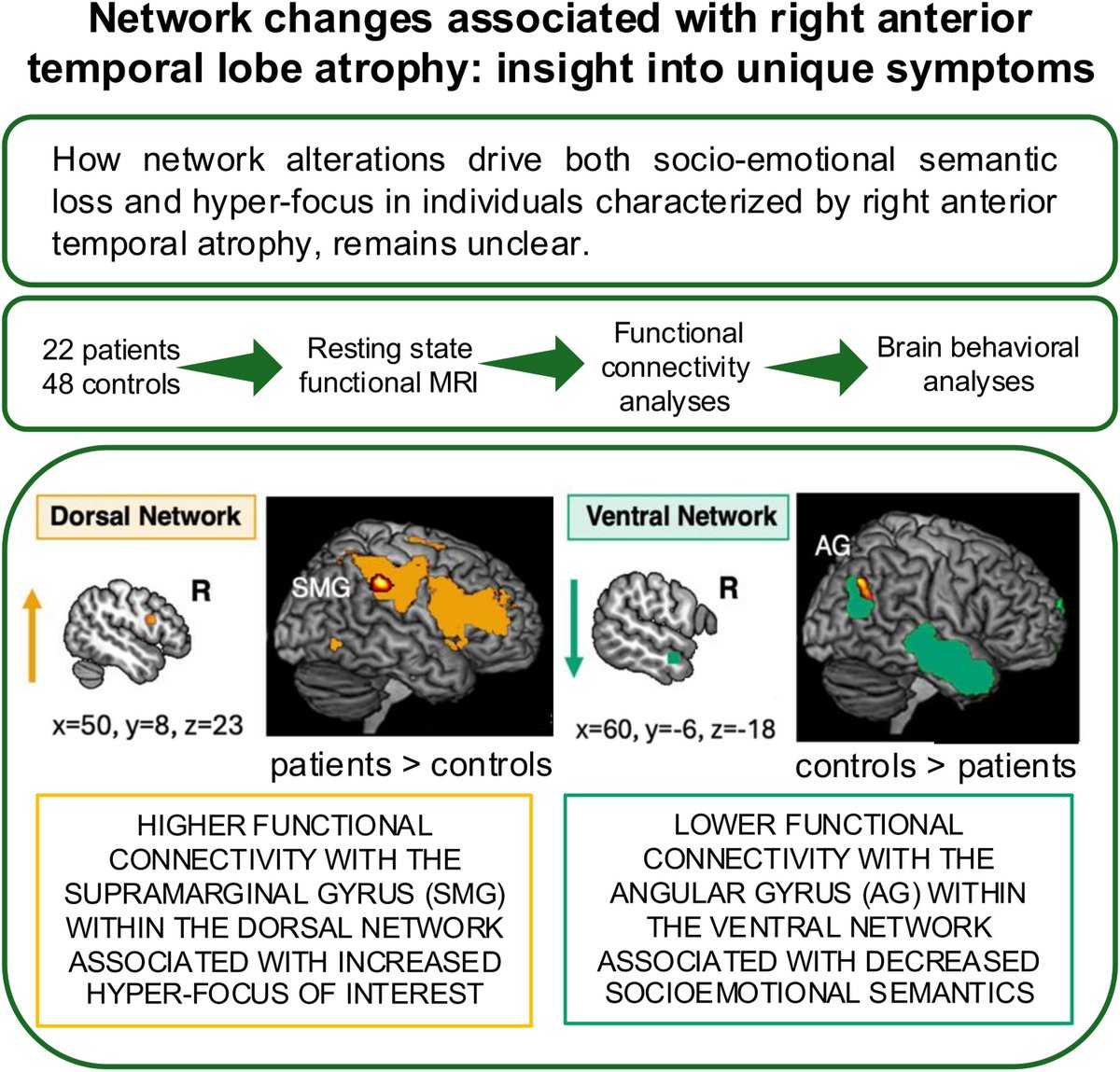
Houck et al. report ower cerebral blood flow associated with higher plasma phosphorylated tau 181 concentrations and increased EC tau PET uptake in middle-aged adults, suggesting bidirectionality between cerebrovascular function and tau pathology. Read at buff.ly/mja1dHr
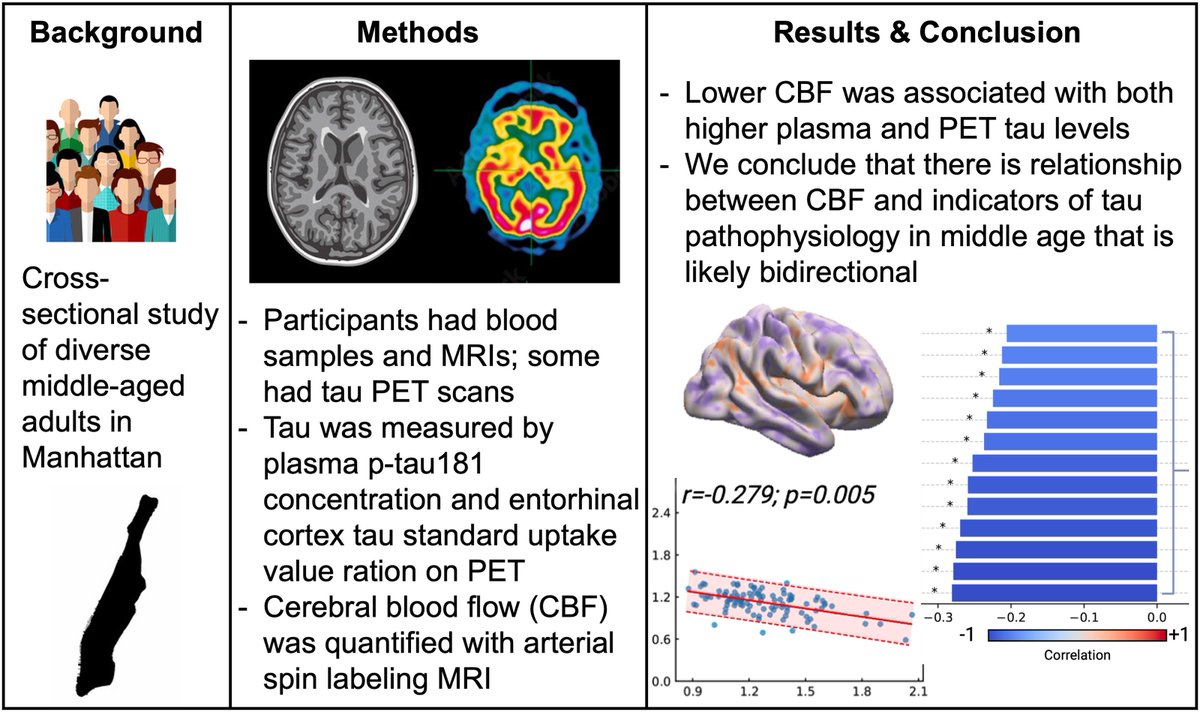
@braincomms welcomes applications for the next editor in chief 🤓. Please find further details here buff.ly/TI1o606 😃 #editorinchief #applications #recruiting

A DL survival model based solely on conventional brain MRI data acquired at the first demyelinating event can predict PIRA development with high accuracy, outperforming previously proposed survival models. Read at buff.ly/RohPzOd @CarmenTur1
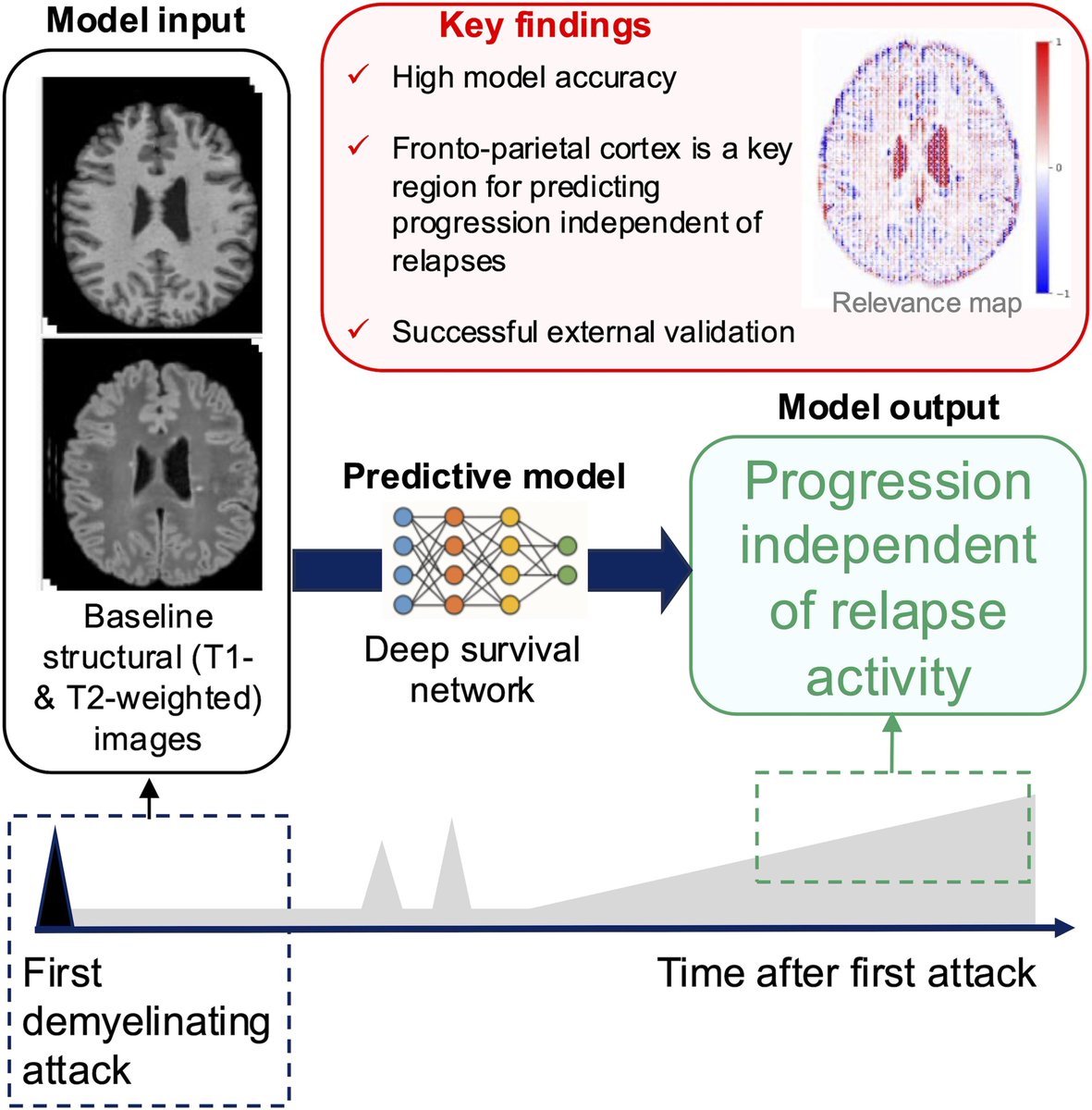
Lehto et al. found that the grey matter volume of cerebellar lobules was related to semantic fluency performance in ALS patients. Performance on other cognitive tasks was related to cerebral but not cerebellar grey matter and white matter metrics. Read at buff.ly/X0t9UoL
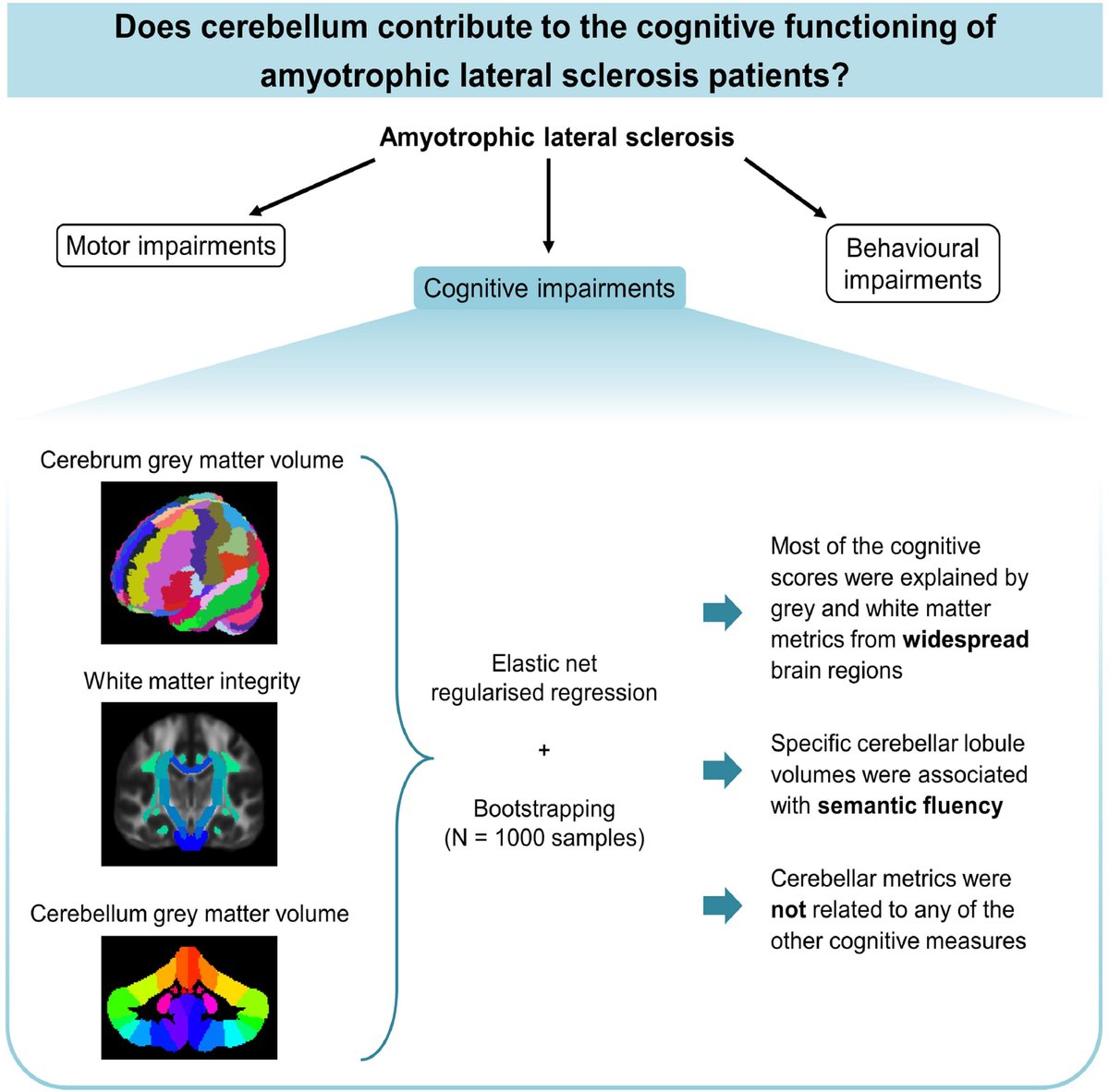
Tara Spires-Jones discusses the importance of translational neuroscience, continued funding and international collaboration during times of significant cuts to science and research as a whole. Please read at buff.ly/se16v9m.

Ebel and Stevering et al. find significant diagnostic value from T2-hypointensity on unmyelinated brain MRI in identifying epileptogenic lesions in infants with tuberous sclerosis complex (TSC). Read at buff.ly/z9HWtML
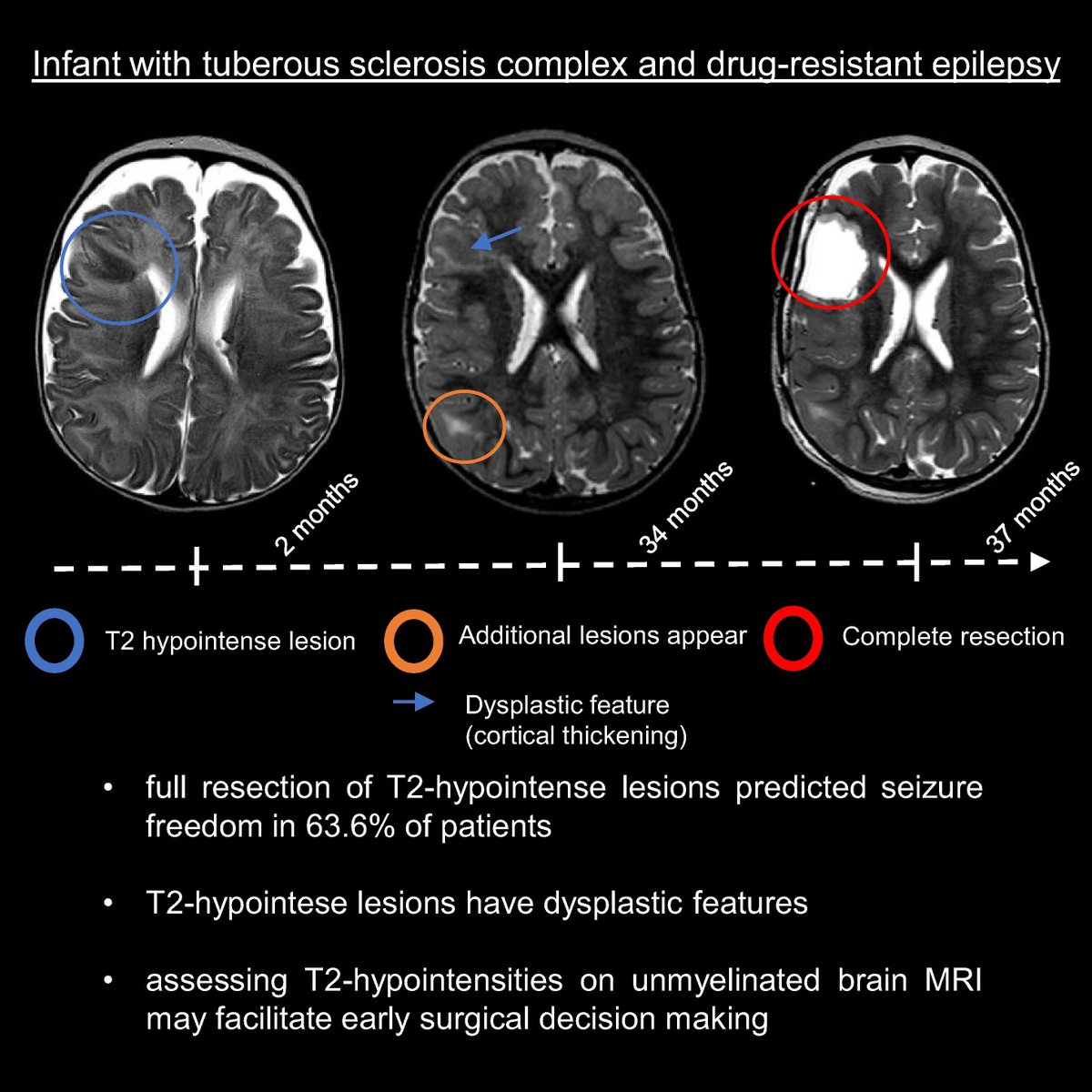
Qin et al. report that diffusion tensor imaging along the perivascular space index is lower in essential tremor plus than pure essential tremor and negatively correlates with disease duration. This suggests biomarker potential for essential tremor. Read at buff.ly/G3QokAF

Choroid plexus and MS: Novel insights into its role over the disease course. @Lindy_9 Read at buff.ly/kGHhoaA

Zhao et al. find that patients with neurological conditions—especially those with greater cognitive deficits—often underestimate their apathy; caregiver input is crucial. Read at buff.ly/Bf2qHv2 @sijiazhao92 @MasudHusain @OxExpPsy

Qili Hu et al. report that cerebral small vessel disease may impact cognitive function in older adults through aggravated white matter injury measured by peak width of skeletonized mean diffusivity. Vascular risk factors may act as upstream determinants (buff.ly/IVFtYuk)

Kazimuddin et al. used ultra-high field MRI to assess paramagnetic rim lesions (PRL) at multiple sclerosis diagnosis. PRL can be found in about half of newly diagnosed patients and associates with traits of more severe disease. Read at buff.ly/8uC5Mrn

Gaurav et al. demonstrated that posteroventral nigral iron accumulation correlates with disease progression and dopaminergic denervation in PD. QSM was more sensitive and robust than R2* for detecting regional nigral iron abnormalities. Read at buff.ly/NEV9fuH

Crowley et al. explored CD4+ T cell heterogeneity in experimental autoimmune encephalomyelitis and multiple sclerosis (MS). Using single-cell RNA sequencing and spectral flow cytometry, they identified distinct phase- and cluster-specific markers. Read at buff.ly/erwVo2x.
